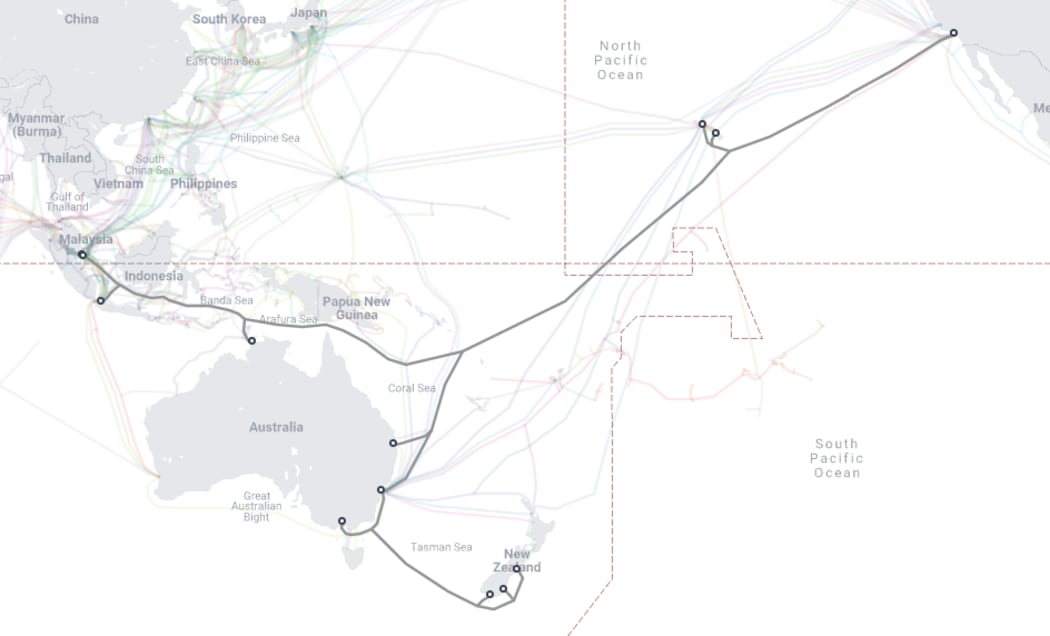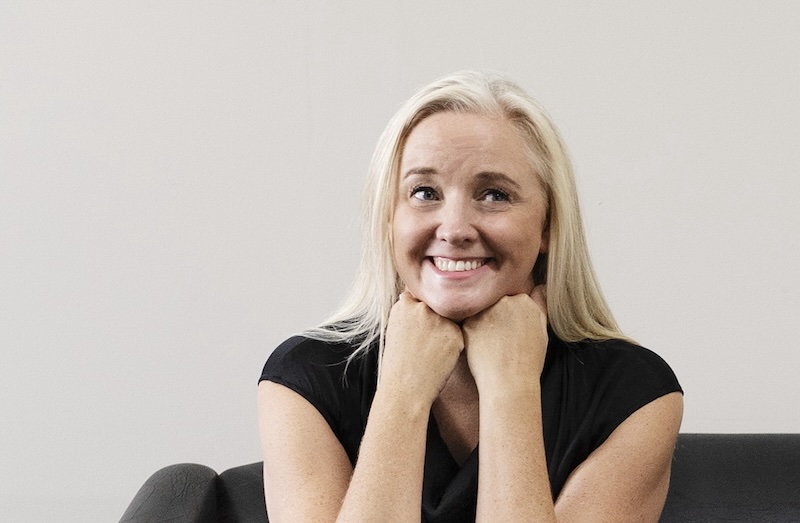Microsoft’s three new datacentres jn New Zealand will be powered by certified carbon-zero power electricity as industry leaders rush to show off their green credentials.
Photo: 123rf/ Uladzik Kryhin
The datacentres are being powered under a deal with Auckland company Ecotricity.
These are among several large cloud datacentres being built in Auckland and the South Island.
Auckland company Datagrid has marketed a centre it is building outside Invercargill as “Australasia’s first carbon-neutral hyperscale datacentre”.
Microsoft said its centres would use air cooling, not water, and therefore be cleaner.
Businesses using “sustainable cloud” datacentres, instead of their own “less efficient” infrastructure, would help the whole country, Microsoft said in a statement.
The pandemic has increased demand for datacentres but they are power hungry.
Singapore this year lifted a three-year moratorium on building, datacentres but has set strict new standards around energy use.
In Ireland, datacentres now consume more power than all rural homes in the country and have complicated its efforts to combat climate change.
A 2021 estimate is by 2030 they will represent 1.86 percent of global electricity consumption, up from 1.15 percent in 2016.
The datacentres are becoming much more efficient, with studies showing data storage has risen 25 times with only three-fold increase in energy use. Datacentre computing has risen 6.5 times with just a 25 percent rise in power use.
However, researchers have suggested the efficiency gains might start to slow down.
A recent New Zealand Trade and Enterprise study found sustainability is an increasingly big factor for customers choosing a datacentre – that within five years, more than half of customers would put alot of store by it.
The South Island, being close to hydropower generation, could be particularly attractive to “hyperscale” datacentres, the study said.
It concluded datacentres provide a great economic opportunity – but it did not look into how many or what kind of jobs might be generated by them.
The Ministry of Business, Innovation and Employment said in response to an RNZ OIA request that no briefings to Ministers exist about the major datacentres being set up here, by Microsoft, Amazon, Datagrid, DCI Data Centres, Lake Parime, and Australia’s CDC Data Centres.
The ministry also said it had no internal reports that address the risks, costs and benefits of them.
It transferred the OIA request to the Department of Internal Affairs, which looks after many digital and data initiatives.
The Datagrid project is to create up to 700 jobs during construction – and perhaps 25-to-70 jobs once complete, and use up to 150MW of power, way more than existing smaller datacentres here.
A global study said cloud datacentres would require the most staff “by a significant margin”, compared to other types of datacentre, but warned that “technical staff are notoriously difficult to recruit for datacentres”.
“Mechanical and electrical engineers in strategy and operations roles, and all types of controls and monitoring employees, are among the technical staff that will be increasingly needed through (at least) 2025,” said the forecast.
Amazon, Google and Microsoft account for more than half of the world’s 600 hyperscale datacentres.
The datacentres require big, fast links. A new submarine cable to Asia, Australia, and the US, called Hawaiki Nui, is being built by Datagrid’s parent, Singaporean company BW Digital.

Photo: Supplied
It’s expected to be done by 2025, adding to the Hawaiki Transpacific Cable that began service in 2018.
Otago University recently signed up to Datagrid.
BW Digital said it was spending more than $1 billion on the datacentre and cable.





















Discussion about this post